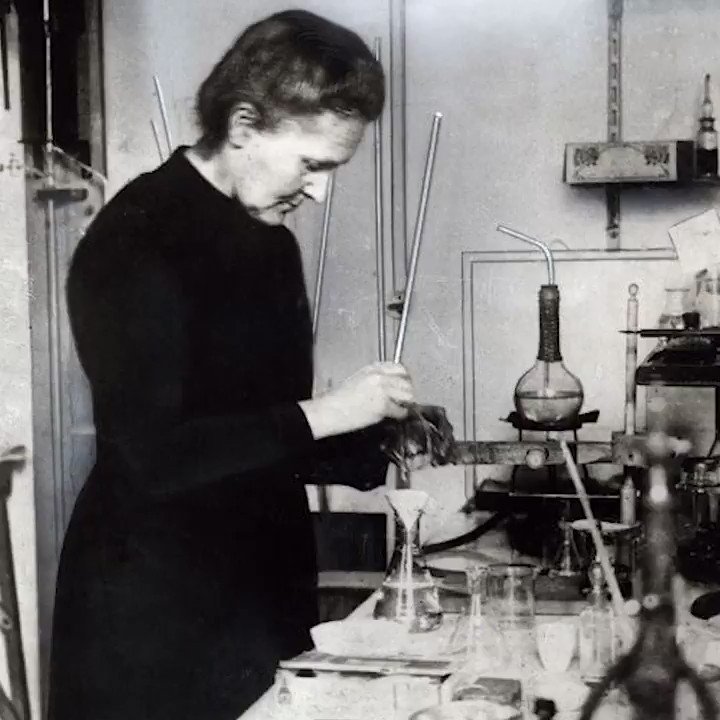

Marie Curie, Pierre Curie and Gustave Bémont in front of the experiment to measure radioactivity at ESPCI around 1898. The discovery stories of four among them are closely connected to the history of ESPCI: radium and polonium, discovered by Pierre and Marie Curie (assisted by Gustave Bémont) actinium, discovered by André-Louis Debierne and finally lutetium, discovered by Georges Urbain. In the succeeding fifty years, the last twenty-five natural elements were identified. Indeed, his work followed on from over two centuries of attempts by the scientific community to understand and identify different elements and their structures. However, there were fewer known elements at the time, and Mendeleev’s classification provided space for elements with calculable mass to be added. In 1869, Dmitri Mendeleev published his famous table of periodic classification, which still forms the basis for learning chemical elements today. Let’s revisit that period of intense activity, one equally marked by controversy and the race to discovery. What do radium, polonium, actinium, and lutetium all have in common? They were all discovered by ESPCI scientists or alumni. The 150th anniversary in 2019 of the periodic table of elements proposed by Dmitri Mendeleev is the perfect opportunity to look back on the history of four specific elements.


 0 kommentar(er)
0 kommentar(er)
